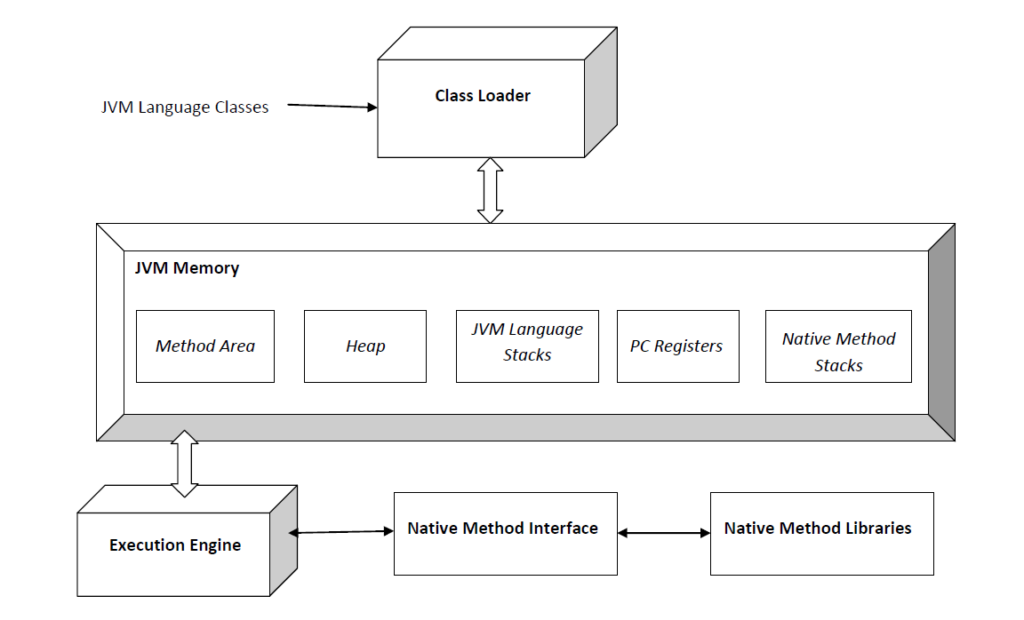In this article, we will explore the different types of memory in the Java Virtual Machine (JVM) and their purposes.

Overview of JVM Memory
The JVM is responsible for managing memory for Java applications. It divides memory into different regions, each with a specific purpose. This division of memory regions allows for better memory management and garbage collection.
Heap Memory
Heap memory is the most commonly used type of memory in the JVM. It’s where objects are created and stored. The heap is divided into two spaces: the Young Generation and the Old Generation.
Young Generation
The Young Generation is where newly created objects are stored. It’s divided into two areas: Eden and Survivor. Objects that are created for the first time are placed in the Eden space. Once the Eden space is full, objects that are still being used are moved to the Survivor space. The JVM uses a garbage collection process called Minor GC to clear the Eden and Survivor spaces.
Old Generation
Objects that have survived multiple Minor GCs are moved to the Old Generation space. The Old Generation space is typically larger than the Young Generation space. Garbage collection in the Old Generation space is called Major GC.
PermGen Space
PermGen (Permanent Generation) space is used to store metadata for classes and methods. This metadata includes information such as the class name, method names, and field names. PermGen space is not part of the heap, and its size can be configured using JVM arguments. In Java 8 and later, PermGen space was replaced by Metaspace.
Metaspace
Metaspace is a new memory region introduced in Java 8. It’s similar to PermGen space, but it’s implemented differently. Metaspace is not part of the heap, and it can grow and shrink dynamically. Metadata for classes and methods is stored in native memory instead of Java memory.
Stack Memory
Each thread in a Java application has its own stack memory. Stack memory is used to store variables and method calls. Each method call creates a new stack frame, which is added to the top of the stack. When a method call completes, its stack frame is removed from the stack.
Native Memory
Native memory is memory that’s allocated outside of the JVM. It’s used to store data that’s not part of the Java application, such as libraries and other resources. Native memory is managed by the operating system.
Conclusion
In conclusion, understanding the different types of memory in the JVM is essential for writing efficient and performant Java applications. By knowing how memory is managed in the JVM, we can optimize our applications to use memory more efficiently and minimize the risk of memory-related issues such as OutOfMemoryErrors.


